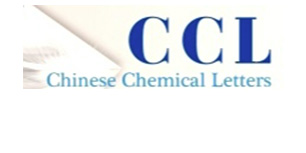Solubility of paracetamol in ethanol by molecular dynamics using the extended Einstein crystal method and experiments
Li and co-workers [Li et al., J. Chem. Phys. 146, 214110 (2017)] have recently proposed a methodology to compute the solubility of molecular compounds from first principles, using molecular dynamics simulations. We revise and further explore their methodology that was originally applied to naphthalene in water at low concentration. In particular, we compute the solubility of paracetamol in an ethanol solution at ambient conditions. For the simulations, we used a force field that we previously reparameterized to reproduce certain thermodynamic properties of paracetamol but not explicitly its solubility in ethanol. In addition, we have determined the experimental solubility by performing turbidity measurements using a Crystal16 over a range of temperatures. Our work serves a dual purpose: (i) methodologically, we clarify how to compute, with a relatively straightforward procedure, the solubility of molecular compounds and (ii) applying this procedure, we show that the solubility predicted by our force field (0.085 ± 0.014 in mole ratio) is in good agreement with the experimental value obtained from our experiments and those reported in the literature (average 0.0585 ± 0.004), considering typical deviations for predictions from first principle methods. The good agreement between the experimental and the calculated solubility also suggests that the method used to reparameterize the force field can be used as a general strategy to optimize force fields for simulations in solution.
Recommended for you
-

 Novel Computational Approach to Guide Impurities Rejection by Crystallization: A Case Study of MRTX849 Impurities
Novel Computational Approach to Guide Impurities Rejection by Crystallization: A Case Study of MRTX849 Impurities -

 Structural identification of vasodilator binding sites on the SUR2 subunit
Structural identification of vasodilator binding sites on the SUR2 subunit -

 Toward accurate and efficient dynamic computational strategy for heterogeneous catalysis: Temperature-dependent thermodynamics and kinetics for the chemisorbed on-surface CO
Toward accurate and efficient dynamic computational strategy for heterogeneous catalysis: Temperature-dependent thermodynamics and kinetics for the chemisorbed on-surface CO








